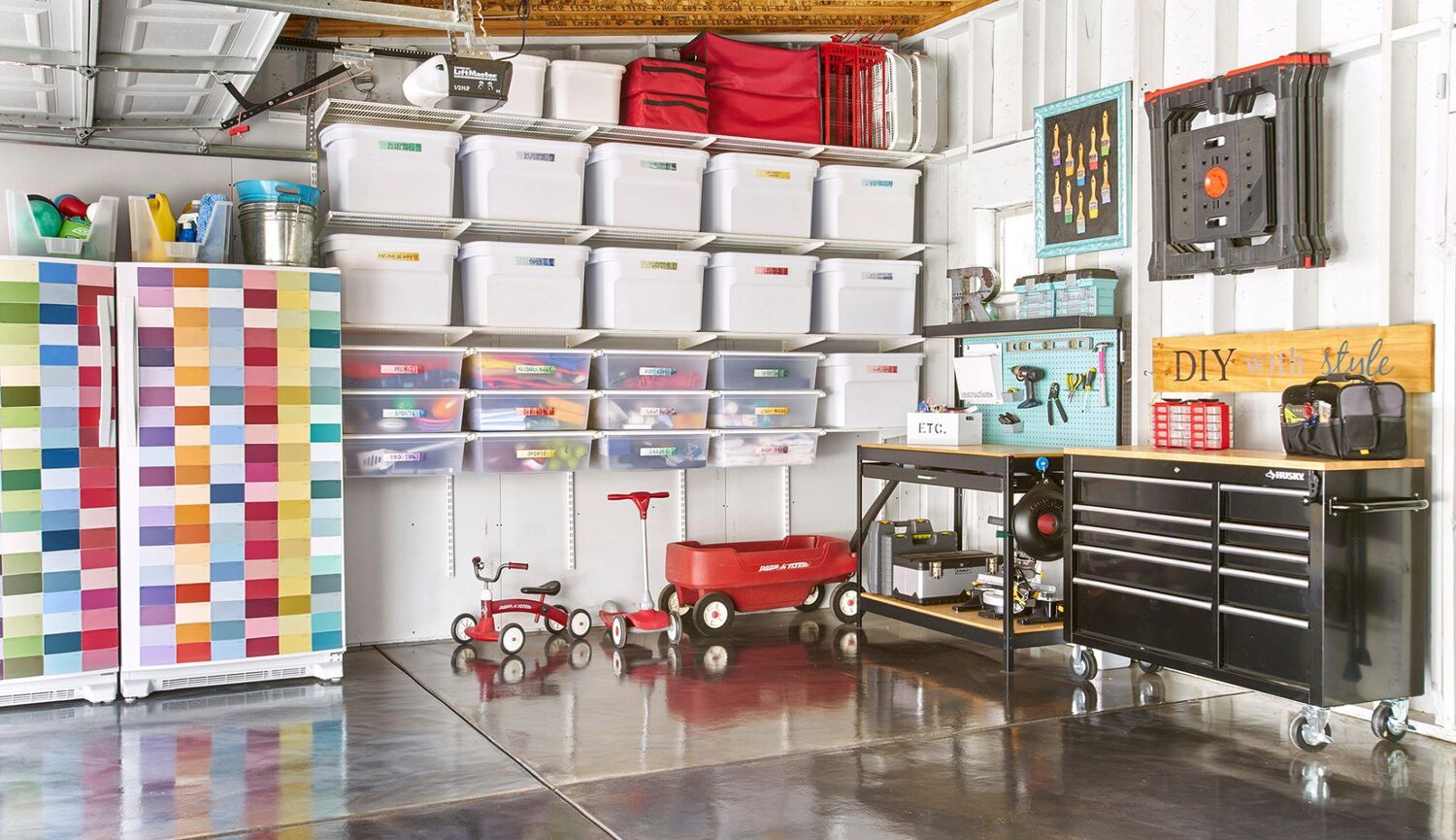

Articles
How To Store Clothes In Garage
Modified: May 6, 2024
Learn how to store articles of clothing in your garage efficiently and keep them protected with our helpful tips and techniques.
(Many of the links in this article redirect to a specific reviewed product. Your purchase of these products through affiliate links helps to generate commission for Storables.com, at no extra cost. Learn more)
Introduction
Welcome to the ultimate guide on how to store clothes in your garage! If you find yourself running out of closet space or needing additional storage options for your clothes, utilizing your garage can be a practical solution. However, storing clothes in the garage requires careful planning and preparation to ensure their preservation and protection from dust, moisture, and pests.
In this article, we will take you through a comprehensive step-by-step process to help you store your clothes effectively in the garage. From assessing the available space to choosing the right storage solutions, we will cover all the essential aspects to create a well-organized and functional storage system.
Before diving into the details, it’s important to note that not all clothes are suitable for garage storage. Delicate fabrics or items that require temperature control, such as wool or fur, may not fare well in garage conditions. However, for everyday clothing, seasonal apparel, and items that you rarely use, the garage can provide ample storage space.
Now, let’s begin our journey towards transforming your garage into a clothing storage oasis!
Key Takeaways:
- Transform your garage into a well-organized clothing storage oasis by assessing space, decluttering, and choosing appropriate storage solutions. Protect clothes from dust and moisture while maximizing vertical space for efficient storage.
- Create distinct zones, label and categorize items, and implement regular maintenance to ensure a functional and accessible clothing storage system in your garage. Enjoy an expanded wardrobe space and a clutter-free home.
Read more: How To Store Shoes In Garage
Assessing the Garage Space
The first step to storing clothes in your garage is to assess the available space. Take a thorough look at your garage and determine how much area you can designate for clothing storage. Consider the dimensions of the space, any existing storage units or shelves, and any limitations or challenges you may encounter.
It’s important to ensure that the area you choose for storing clothes is clean, dry, and well-ventilated. Moisture and extreme temperatures can damage fabrics and promote the growth of mold and mildew.
Measure the available space in your garage and create a rough floor plan. This will help you visualize the layout and determine how much storage you can accommodate. Take note of any obstructions or features, such as windows or doors, that may impact your storage setup.
Next, assess the lighting situation in your garage. Adequate lighting is important for finding and accessing your clothes easily. Consider installing additional lighting fixtures or using portable lamps to brighten up the space.
Lastly, evaluate the accessibility of the space. Ensure that there is enough room to maneuver and navigate through the storage area. This will make it easier to retrieve and organize your clothes.
By carefully assessing your garage space, you can determine the best approach in utilizing it for clothing storage. This will help you plan and select the appropriate storage solutions for your needs.
Sorting and Decluttering
Before you start storing your clothes in the garage, it’s essential to sort and declutter your wardrobe. This step will not only help you determine what items you want to keep but also create more space for efficient storage.
Begin by emptying your closets and drawers and sorting your clothes into different categories. For example, separate your clothes by season, type (e.g., tops, bottoms, dresses), or frequency of use. This will make it easier to organize them later on.
As you go through your clothes, be honest with yourself and let go of items that no longer serve you. You can create separate piles or bins for items to donate, sell, or discard. Only keep the clothes that you truly love and will wear in the future.
Remember to check for any signs of damage or wear and tear. If an item is beyond repair, it’s better to dispose of it instead of taking up valuable space in your garage.
Once you have sorted through all your clothes, take the time to declutter other accessories such as shoes, bags, and hats. Store or donate items that you don’t use often or are out of season.
By decluttering your wardrobe, you create a streamlined collection of clothes that you genuinely want to store in the garage. This will make the organization process much easier and more efficient.
Cleaning and Preparing the Garage
Now that you have sorted and decluttered your clothes, it’s time to clean and prepare your garage for storage. This step is crucial to create a clean and suitable environment for your clothing items.
Start by giving your garage a thorough cleaning. Sweep or vacuum the floor to remove any dust, dirt, or debris that may have accumulated. If necessary, mop the floor with a mild detergent to remove any stains or grime.
Check the walls for any signs of moisture or mold. If you notice any, address the issue before proceeding with the storage. Repair any leaks or cracks and consider waterproofing the walls to prevent future moisture problems.
Inspect the garage for pests, including rodents and insects. If there is evidence of infestation, take appropriate measures to eliminate and prevent them from damaging your clothes. This may involve sealing any entry points and using pest control methods.
Consider painting the walls of your garage with a light-colored paint. This will not only brighten up the space but also reflect light, making it easier to see and locate your clothes.
Install shelving or storage units if needed. This will provide a designated space for your clothes and help maximize the use of vertical space.
Before bringing your clothes into the garage, consider using moisture-absorbing products such as dehumidifiers or desiccant packs. This will help control humidity levels and prevent moisture damage to your garments.
By cleaning and preparing your garage, you create a clean and suitable environment for storing your clothes. This will help ensure the longevity and integrity of your clothing items.
Choosing Appropriate Storage Solutions
Once your garage is clean and prepared, it’s time to select the right storage solutions for your clothes. The key is to choose options that maximize space, protect your clothes, and ensure easy access.
One popular storage option for clothes in the garage is garment racks or clothing rails. These provide a simple and convenient way to hang your clothes, keeping them wrinkle-free and easily accessible. Look for adjustable racks that can accommodate different lengths of clothing.
Another option is to use clear plastic bins or storage containers with lids. These are great for storing folded clothes, allowing you to see the contents while keeping them protected from dust and moisture. Opt for stackable bins to save space and consider labeling them for quick identification.
If you have a lot of shoes or accessories, consider using shoe racks, hanging organizers, or clear shoe boxes to keep them organized and easily visible. This will prevent clutter and make it easier to find what you need.
Utilize the space on the walls by installing hooks or pegboards. This allows you to hang hats, belts, scarves, and other accessories, keeping them within reach and clutter-free.
For bulky or seasonal items, such as winter coats or holiday decorations, consider using vacuum-sealed storage bags. These bags shrink when vacuumed, reducing their size and optimizing space utilization. Just make sure to follow the manufacturer’s instructions to ensure the best sealing results.
When selecting storage solutions, consider the size and quantity of your clothes, as well as the available space in your garage. Take measurements and plan the layout accordingly to ensure that everything fits and is easily accessible.
By choosing appropriate storage solutions, you can create a well-organized and efficient system for storing your clothes in the garage. This will save space, keep your clothes protected, and make it easier to find and access what you need.
Read more: How To Store Winter Clothes In Garage
Clothes Hanging Solutions
When it comes to storing clothes in the garage, having proper hanging solutions is essential for preserving their condition and accessibility. Here are some effective clothes hanging solutions to consider:
1. Garment Racks: Invest in sturdy garment racks that can hold a significant number of clothes. Look for racks with adjustable height and width options to accommodate various types of garments. Choose racks with wheels for easy mobility, allowing you to rearrange your storage as needed.
2. Clothing Rods: If you have available wall space, consider installing clothing rods. You can either mount them with brackets or use a freestanding bar. Opt for durable materials like stainless steel to ensure long-lasting support.
3. S-Hooks and Cascading Hangers: Maximize your hanging space by using S-hooks or cascading hangers. S-hooks allow you to hang multiple garments on a single hanger, while cascading hangers let you stack clothes vertically, saving valuable space.
4. Pants Hangers: For trousers, pants hangers with clips are ideal. These hangers keep the pants wrinkle-free and easily accessible. Look for hangers with non-slip grips to prevent garments from sliding off.
5. Multi-Tier Hangers: Invest in multi-tier hangers to save space and organize your garments efficiently. These hangers have multiple collapsible tiers, allowing you to hang multiple items vertically while consuming minimal space.
6. Specialty Hangers: Consider using specialty hangers for specific clothing items. For example, use hangers with hooks to hang scarves, ties, or belts. Velvet hangers are great for delicate fabrics, as they prevent slipping and maintain the shape of the garment.
7. Over-the-Door Hooks: Utilize the back of the door in your garage by hanging clothes using over-the-door hooks. This is a convenient and space-saving solution, especially for lightweight items like jackets or hoodies.
Remember to leave enough space between hangers to prevent overcrowding, which can lead to wrinkles and difficulty in finding specific items. Additionally, ensure that the weight of the garments does not exceed the capacity of the hangers or rods.
By implementing these clothes hanging solutions, you can efficiently store your garments in the garage while keeping them easily accessible and well-organized. This will save space and maintain the condition of your clothes for long-term storage.
Drawer and Shelf Storage Options
In addition to hanging solutions, incorporating drawer and shelf storage options in your garage will provide a practical and organized way to store folded clothes. Here are some effective ideas for drawer and shelf storage:
1. Dressers or Chests: Consider using dressers or chests with drawers to store folded clothes in the garage. Choose ones made from sturdy materials that can withstand the garage environment. Utilize different drawers for different clothing categories to maintain organization.
2. Shelving Units: Install freestanding or wall-mounted shelving units in your garage. These units provide ample space for storing folded clothes on shelves. Opt for adjustable shelves to accommodate different sizes of clothing items.
3. Cube Storage Systems: Cube storage systems with removable fabric or plastic bins are an excellent choice for garage storage. Assign each bin to a specific category, such as tops, bottoms, or accessories. Labeling the bins will make it easy to find what you need.
4. Wire Baskets: Attach wire baskets to the walls or incorporate them within shelving units. Wire baskets provide a breathable and visible storage option for folded clothes. You can organize the baskets by clothing type or use them for accessories like scarves or hats.
5. Open Shelves with Bins: Combine open shelves with bins or storage baskets. This allows you to display folded clothes on the shelves while keeping them contained in the bins. Choose bins with lids to protect the clothes from dust and dirt.
6. Floating Shelves: Floating shelves not only provide storage space but also add a decorative touch to your garage. Use them to showcase neatly folded clothes or display decorative storage boxes for a stylish and functional storage solution.
7. Built-in Cabinets: If you have the space and budget, consider installing built-in cabinets in your garage. These cabinets can have a combination of shelves, drawers, and hanging space, allowing you to customize the storage based on your needs.
When utilizing drawer and shelf storage options, fold your clothes neatly to maximize space and prevent wrinkles. Use dividers or organizers within drawers to separate different clothing categories and keep them easily accessible.
By incorporating these drawer and shelf storage options, you can effectively store and organize folded clothes in your garage. This will create a streamlined and efficient system for accessing and maintaining your clothing items.
Consider using airtight storage containers to protect clothes from dust and pests in the garage. Add cedar blocks or lavender sachets to keep them smelling fresh.
Implementing Additional Organizational Tools
In addition to clothes hanging solutions and drawer/shelf storage options, implementing additional organizational tools in your garage can further enhance the efficiency and functionality of your clothing storage. Here are some helpful tools to consider:
1. Clear Plastic Bins: Clear plastic bins are versatile and practical for organizing various clothing items in your garage. Use them to group similar apparel or accessories together. Label the bins to easily identify their contents and ensure quick retrieval.
2. Drawer Dividers: Utilize drawer dividers to compartmentalize your drawers and keep smaller items, like socks or underwear, neatly separated. This will prevent them from becoming jumbled and difficult to find.
3. Hanging Closet Organizers: Hanging closet organizers with multiple compartments are great for storing accessories such as scarves, belts, or hats. Hang them on hooks or rods to maximize vertical space and keep your accessories easily accessible.
4. Storage Cubes or Baskets: Storage cubes or baskets provide a convenient way to organize and categorize your clothes. Place them on shelves or in cubbies to keep smaller items, like t-shirts or sweaters, neatly contained.
5. Label Maker or Tags: Use a label maker or create your own tags to clearly label storage containers, bins, or shelves. This will ensure that everything has its designated place, making it easier to find specific items when needed.
6. Velcro Strips or Command Hooks: Utilize velcro strips or adhesive command hooks to secure items such as hats, bags, or belts to the walls or inside cabinets. This will keep them organized and easily accessible, while also saving storage space.
7. Hanging Rods or Hooks for Folding Space: Install additional hanging rods or hooks in your garage to create temporary folding space. This allows you to sort and fold clothes as needed before storing them away.
Remember that the organizational tools you choose should suit your storage needs and the available space in your garage. Take the time to plan and experiment with different tools to find the most effective and practical solution for your clothing storage.
By implementing additional organizational tools, you can further enhance the efficiency and organization of your clothing storage in the garage. These tools will help keep your clothes easily accessible, well-organized, and protected.
Protecting Clothes from Dust and Moisture
When storing clothes in the garage, it’s essential to protect them from dust and moisture, which can cause damage and deterioration. Here are some effective ways to safeguard your clothes:
1. Garment Covers: Invest in garment covers or clothing bags made of breathable fabric. These covers protect your clothes from dust while allowing air circulation to prevent dampness and mildew. Choose covers with zipper closures for easy access.
2. Plastic Storage Containers: If you opt for plastic storage containers, make sure they are airtight and watertight. This will prevent moisture and dust from seeping into the containers and reaching your clothes. Consider using moisture-absorbing packets inside the containers as an additional precaution.
3. Silica Gel Packs: Place silica gel packs inside your storage containers or garment covers. Silica gel absorbs excess moisture and helps maintain a dry environment, protecting your clothes from mold and mildew. Replace the packs regularly to ensure their effectiveness.
4. Desiccant Bags or Charcoal Pouches: Desiccant bags or charcoal pouches are other moisture-absorbing options to consider. They help reduce humidity levels and prevent the growth of mold and mildew. Place these in your storage containers or hang them in the garage for added protection.
5. Vacuum-sealed Bags: Vacuum-sealed bags are a great option for maximizing space and protecting clothes from dust and moisture. Pack your clothes tightly in the bags and use a vacuum cleaner to remove excess air, creating an airtight seal.
6. Dampness Prevention: Keep your garage dry by using a dehumidifier or moisture absorbers. Monitor humidity levels and address any leaks or water intrusion promptly. Proper ventilation is also crucial in reducing moisture buildup.
7. Cleaning Clothes Before Storage: Ensure that your clothes are clean and dry before storing them. Dirt or stains left on the garments can attract pests and cause them to deteriorate over time. Wash or dry-clean your clothes according to the care instructions before storing them.
By taking these precautions and using protective measures, you can effectively safeguard your clothes from dust and moisture while they are stored in the garage. This will help preserve their condition and extend their lifespan.
Read more: How To Store Clothing In Garage
Creating Zones and Sections in the Garage
To maximize the efficiency and organization of your clothing storage in the garage, creating distinct zones and sections can be highly beneficial. This allows you to categorize and store your clothes based on different criteria. Here are some steps to help you create zones and sections:
1. Assess Your Storage Needs: Before creating zones, consider your specific storage needs. Determine if you want to separate clothes by season, type, or frequency of use. This will help you create a logical and functional organization system.
2. Divide the Space: Physically divide your garage space to create defined zones. This can be done using shelving units, bookcases, or room dividers. Focus on creating sections dedicated to different clothing categories or storage solutions.
3. Categorize Clothing: Assign specific areas or zones to different clothing categories. For example, you can designate one section for everyday clothes, another for seasonal items, and another for special occasion garments. This makes it easier to find and access the clothes you need.
4. Utilize Vertical Space: Take advantage of vertical space in your garage by installing hooks, pegboards, or hanging racks. This allows you to create vertical sections for items like hats, bags, or scarves, keeping them organized and within easy reach.
5. Label and Color-Code: Label each zone or section to clearly identify its purpose. Use color-coded labels or bins to make it even easier to distinguish between different categories of clothes. This adds to the visual organization and enhances the overall efficiency of the system.
6. Create a Folding Area: Designate an area in the garage to serve as a dedicated folding space. This can be a countertop, table, or folding station. Having a designated area for folding enables you to sort and prepare clothes before storing them in their respective zones.
7. Optimize Accessibility: Ensure that each section is easily accessible and that you have enough space to move around. Prioritize frequently used sections to be readily accessible, while storing less frequently used items in less accessible areas.
By creating zones and sections in your garage, you can establish a well-organized and functional clothing storage system. This makes it easier to locate, access, and maintain your clothes while maximizing the available space.
Maximizing Vertical Space
When it comes to storing clothes in the garage, maximizing vertical space is crucial to optimize your storage capacity. Here are some practical tips to help you make the most of the vertical space available:
1. Utilize Wall Space: Install shelves, cabinets, or wall-mounted storage systems to take advantage of vertical wall space. This allows you to store folded clothes, bins, or accessories off the floor, freeing up valuable floor space.
2. Overhead Storage: Consider utilizing overhead storage solutions such as ceiling-mounted racks or platforms. These are ideal for storing seasonal or infrequently used items, including bulky winter coats or holiday decorations. Just make sure to properly secure the overhead storage units for safety.
3. Hanging Storage: Make use of hanging storage options such as hooks, pegboards, or hanging racks. Hooks can be mounted on walls or even on the back of doors to hang items like jackets, hats, or bags. Pegboards provide a versatile solution for hanging various accessories, including scarves, belts, or jewelry.
4. Vertical Shelving: Opt for tall shelving units that reach the ceiling to maximize vertical storage space. Ensure that the shelves are sturdy enough to support the weight of your clothing items. Adjustable shelves can accommodate different clothing heights and allow for flexibility in organizing your garments.
5. Stackable Storage Containers: Choose stackable storage containers for folded clothes. This enables you to utilize the vertical space efficiently while keeping your clothes organized and easily accessible. Stack the containers securely to avoid any accidents or toppling over.
6. Extendable Rods: Install extendable rods or telescoping tubes beneath shelves or inside cabinets. These rods can be pulled out when needed, creating additional hanging space for clothes. This is particularly useful for storing longer items like dresses or coats.
7. Step Ladders or Stools: Keep a step ladder or stool in the garage to reach higher storage areas easily. This will allow you to utilize the vertical space effectively, ensuring that every inch is put to good use.
Remember to consider safety measures when accessing higher storage areas. Use a sturdy and stable ladder or step stool and avoid overloading storage units or shelves beyond their weight-bearing capacity.
By maximizing the vertical space in your garage, you can significantly increase your storage capacity for clothes. This efficient use of space will not only keep your garage organized but also make it easier to find and access your clothing items.
Labeling and Categorizing
To create a well-organized and user-friendly clothing storage system in your garage, labeling and categorizing your items is essential. Proper labeling allows you to quickly identify and locate specific clothes while categorization helps maintain order and streamline the storage process. Here are some tips to effectively label and categorize your clothing:
1. Use Clear and Visible Labels: Use clear and visible labels for storage containers, bins, and shelves. Opt for labels with large, legible fonts or consider using label makers for a professional look. Clear labels make it easy to identify the contents of each container or section.
2. Color-Code Your Labels: Consider color-coding your labels for different categories or seasons. For example, use blue labels for winter clothes, green labels for summer clothes, and so on. This adds a visual element to the organization system, making it easier to locate specific items.
3. Categorize by Clothing Type: Organize your clothes by type, such as tops, bottoms, dresses, or outerwear. Create separate sections or containers for each category to make it easier to find specific items when needed.
4. Sort by Size or Season: If you have clothes that belong to different seasons or sizes, consider sorting them accordingly. For example, keep summer clothes together and separate them from winter clothes. Similarly, group clothes by size if you have variations in your wardrobe.
5. Label Drawers and Shelves: Use labels on drawers and shelves to specify what items are stored there. For example, label a shelf as “T-Shirts” or a drawer as “Sweaters.” This makes it easy to find and retrieve specific clothing items without unnecessary searching.
6. Create a Clothing Inventory: Maintain a clothing inventory list either on paper or digitally. This will help you keep track of your stored clothes, especially for items that are not frequently accessed or if you have a large wardrobe. Update the inventory list whenever you add or remove items from storage.
7. Make Maintenance Labels: Along with labeling storage containers, consider adding maintenance labels. Indicate the last time you wore or washed each item, helping you rotate your clothes and prevent them from sitting unused for extended periods.
Consistency and clarity are key when labeling and categorizing your clothes. Ensure that all family members are aware of the labeling system and encourage them to maintain the organization when putting clothes back in storage.
By incorporating labeling and categorization techniques, you can create a well-structured and efficient clothing storage system in your garage. This not only saves time in locating your clothes but also makes it easier to maintain order and keep your storage space tidy.
Maintaining and Refreshing the Storage System
Once you have set up your clothing storage system in the garage, it’s important to have a maintenance routine in place to keep it organized and functioning effectively. Regular maintenance and periodic refreshing of the storage system will ensure that your clothes remain well-preserved and easily accessible. Here are some tips to help you maintain and refresh your storage system:
1. Regular Cleaning: Schedule regular cleaning sessions for your garage and clothing storage area. This includes dusting shelves, wiping down containers, and sweeping or vacuuming the floor. Removing dust and debris will help prevent them from settling on your clothes.
2. Assess and Reorganize: Periodically assess the storage system to identify any areas that may need reorganization or improvement. Adjust shelving heights, rearrange bins or containers, and make any necessary changes to better suit your evolving needs.
3. Seasonal Rotation: With each change of season, reevaluate your clothing inventory and rotate your wardrobe. Store out-of-season clothes in separate containers or sections to maximize space and keep your active wardrobe easily accessible.
4. Check for Damage: Regularly inspect your clothes for any signs of damage or wear. Repair or remove items that are beyond repair to prevent further deterioration and maintain the quality of your stored clothes.
5. Refresh with Air and Sunlight: Occasionally, take your stored clothes out into fresh air and sunlight. This helps to eliminate any musty odors and freshen up the fabric. Be cautious with delicate or sun-sensitive items, and avoid prolonged exposure to direct sunlight.
6. Reevaluate Storage Solutions: As your clothing collection and storage needs evolve, periodically reevaluate your storage solutions. Determine if the current systems and containers are still suitable or if any adjustments are necessary to accommodate changes in your wardrobe.
7. Stay Organized: Encourage everyone in your household to maintain the organization of the storage system. Emphasize returning clothes to their designated areas after use to prevent clutter and ensure consistency in the system.
By implementing a maintenance routine and periodically refreshing your storage system, you can ensure that your clothes remain well-preserved and accessible. This will prolong the lifespan of your garments and make it easier to maintain an organized and functional clothing storage system.
Read more: How To Store Gas In Garage
Conclusion
Storing clothes in the garage can be a practical solution to create additional storage space, especially when your closets are overflowing. With careful planning and the right organizational strategies, you can transform your garage into a well-structured and efficient clothing storage area.
In this comprehensive guide, we explored various aspects of storing clothes in the garage. From assessing the available space to choosing appropriate storage solutions, we covered everything you need to know to set up a functional system. Sorting and decluttering your clothes, cleaning and preparing the garage, and maximizing vertical space are crucial steps in creating an organized storage area.
We also discussed the importance of protecting your clothes from dust and moisture, and implementing additional organizational tools like labeling and categorizing. Maintaining and refreshing the storage system is essential to ensure long-term organization and preservation of your garments.
By following these guidelines and incorporating these strategies, you can create a well-organized and efficient clothing storage system in your garage. With easy access to your clothes, an optimized use of space, and proper protection from dust and moisture, you will have a functional solution for storing your clothes.
Remember, adapting these recommendations to your specific needs and the available space in your garage will result in the most effective storage system. Fine-tune the organization and layout to suit your preferences and ensure a seamless experience when retrieving and storing your clothes.
Now it’s time to roll up your sleeves, start implementing these tips, and transform your garage into a perfectly organized clothing storage oasis. Enjoy the benefits of an expanded wardrobe space and effortlessly maintain a clutter-free home. Happy organizing!
Now that you've got the basics of storing clothes in your garage, why not take your garage's potential up a notch? For those looking to transform their space with innovative shelving and hanging units, our article on the best garage storage solutions offers exciting options ready to maximize every inch. If creativity sparks your interest, dive into our compilation of unique garage organization ideas. These articles will guide you through turning your garage into a model of efficiency and order.
Frequently Asked Questions about How To Store Clothes In Garage
Was this page helpful?
At Storables.com, we guarantee accurate and reliable information. Our content, validated by Expert Board Contributors, is crafted following stringent Editorial Policies. We're committed to providing you with well-researched, expert-backed insights for all your informational needs.
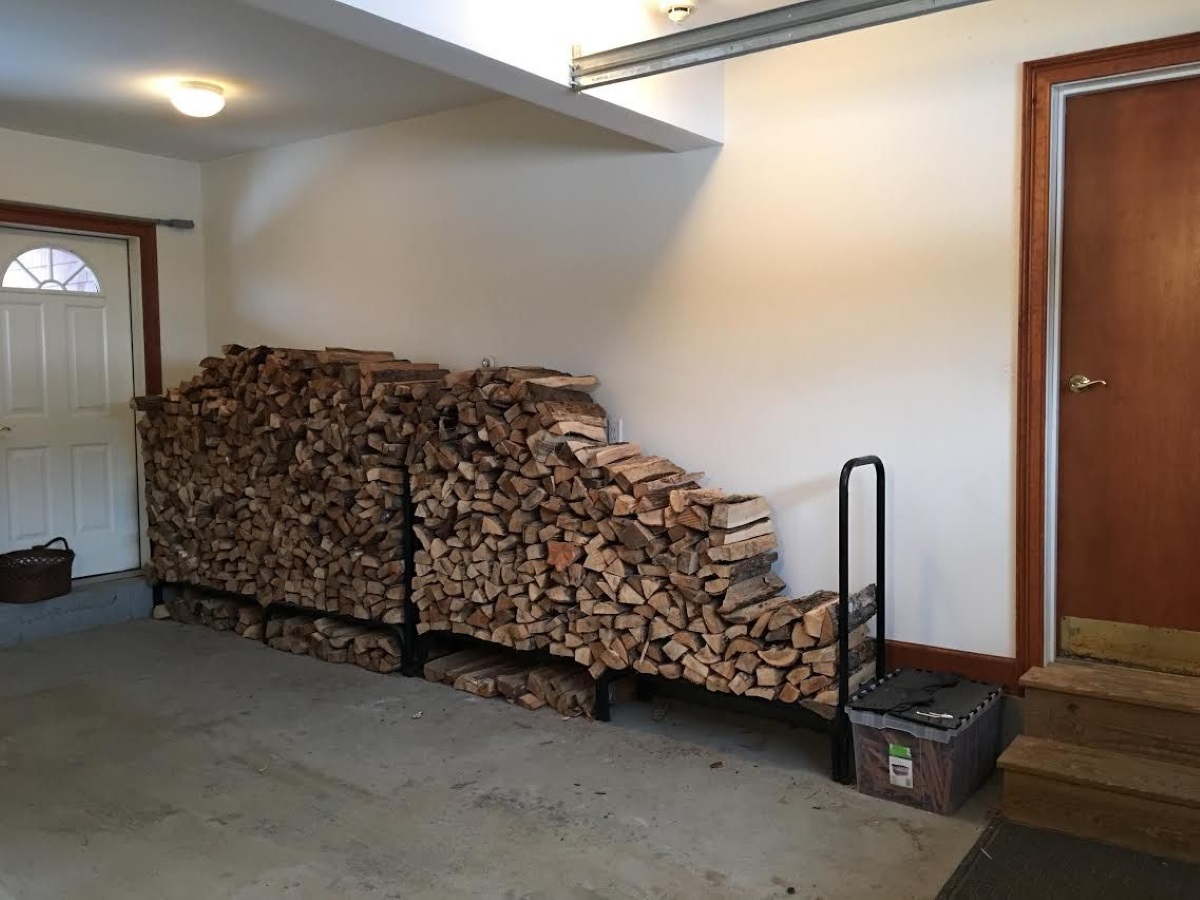
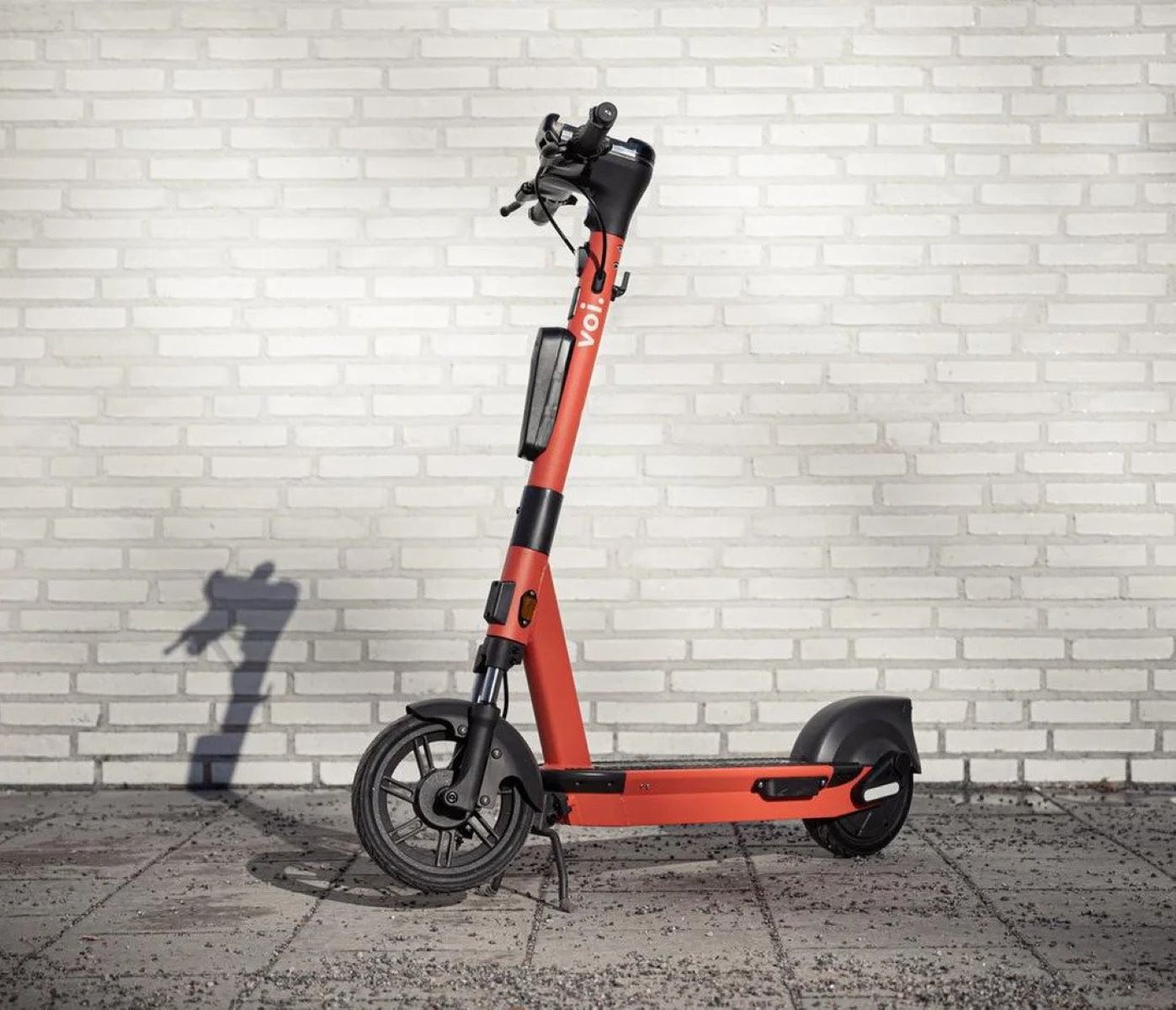
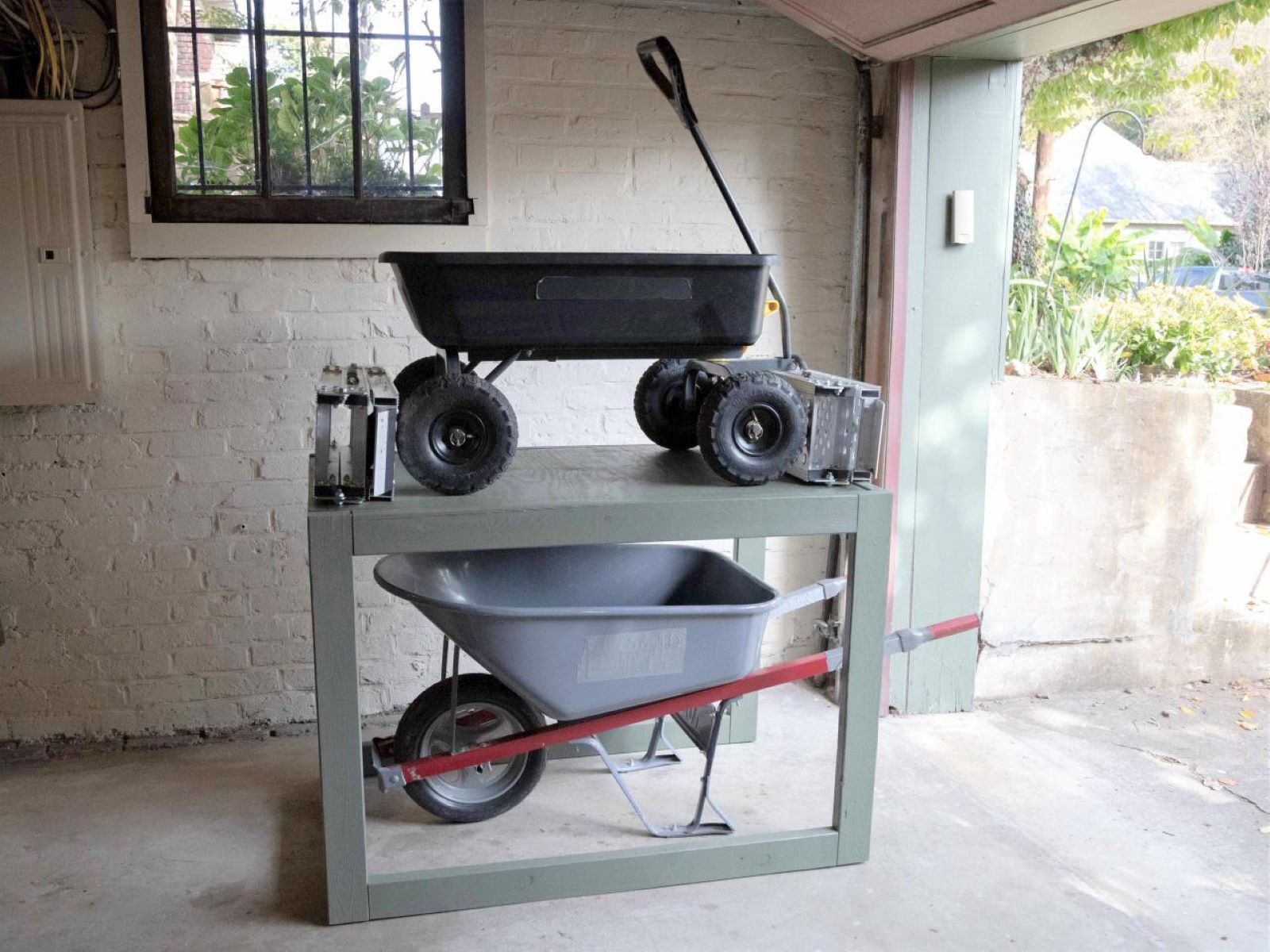
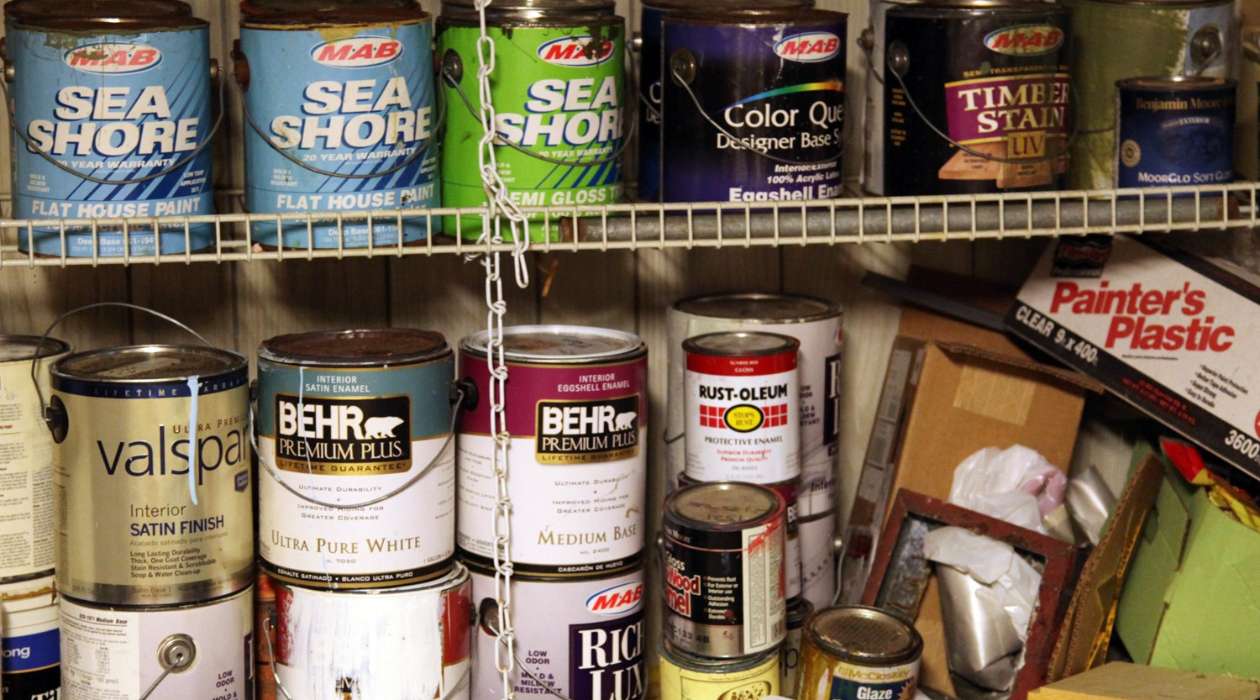

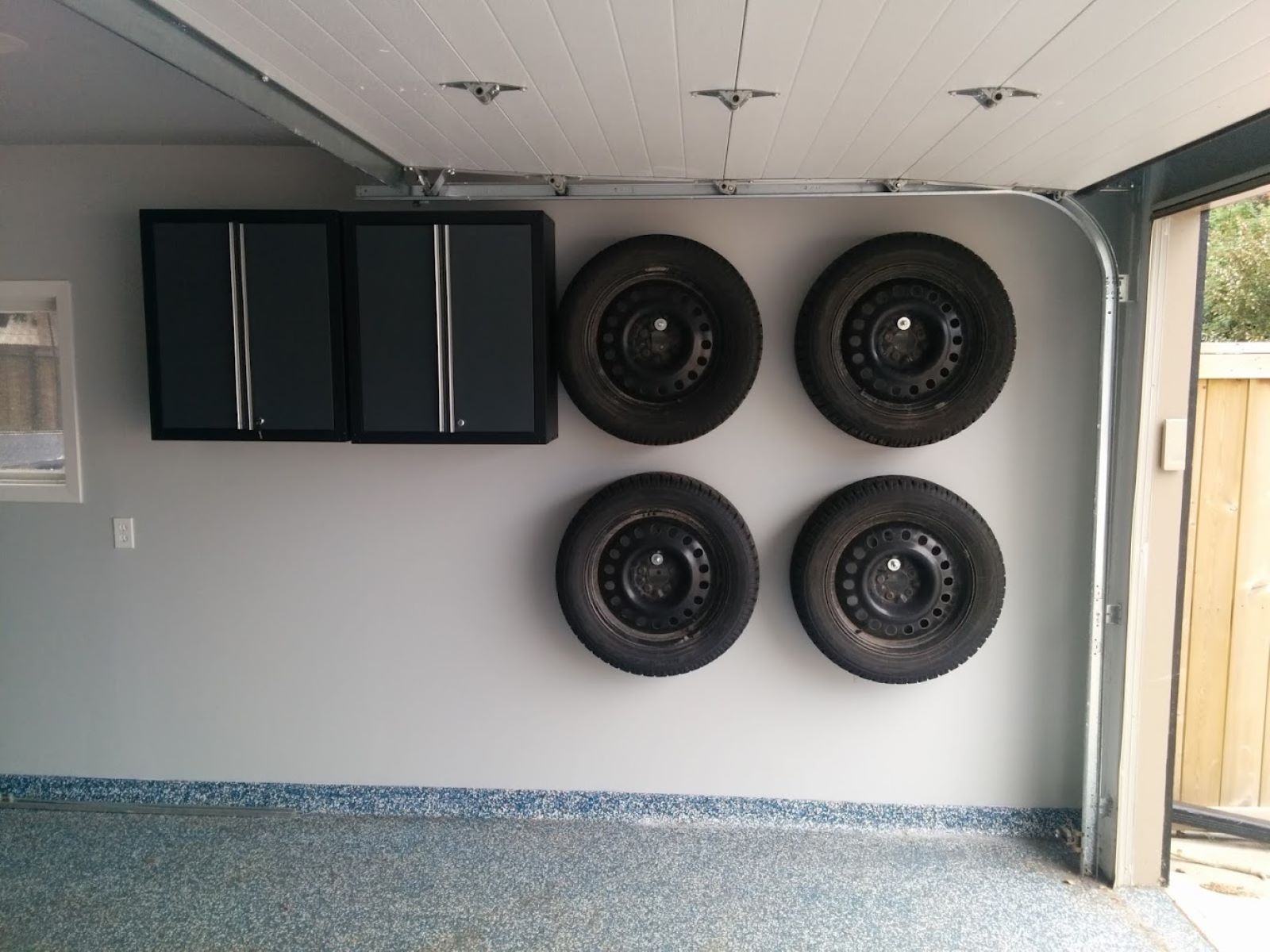
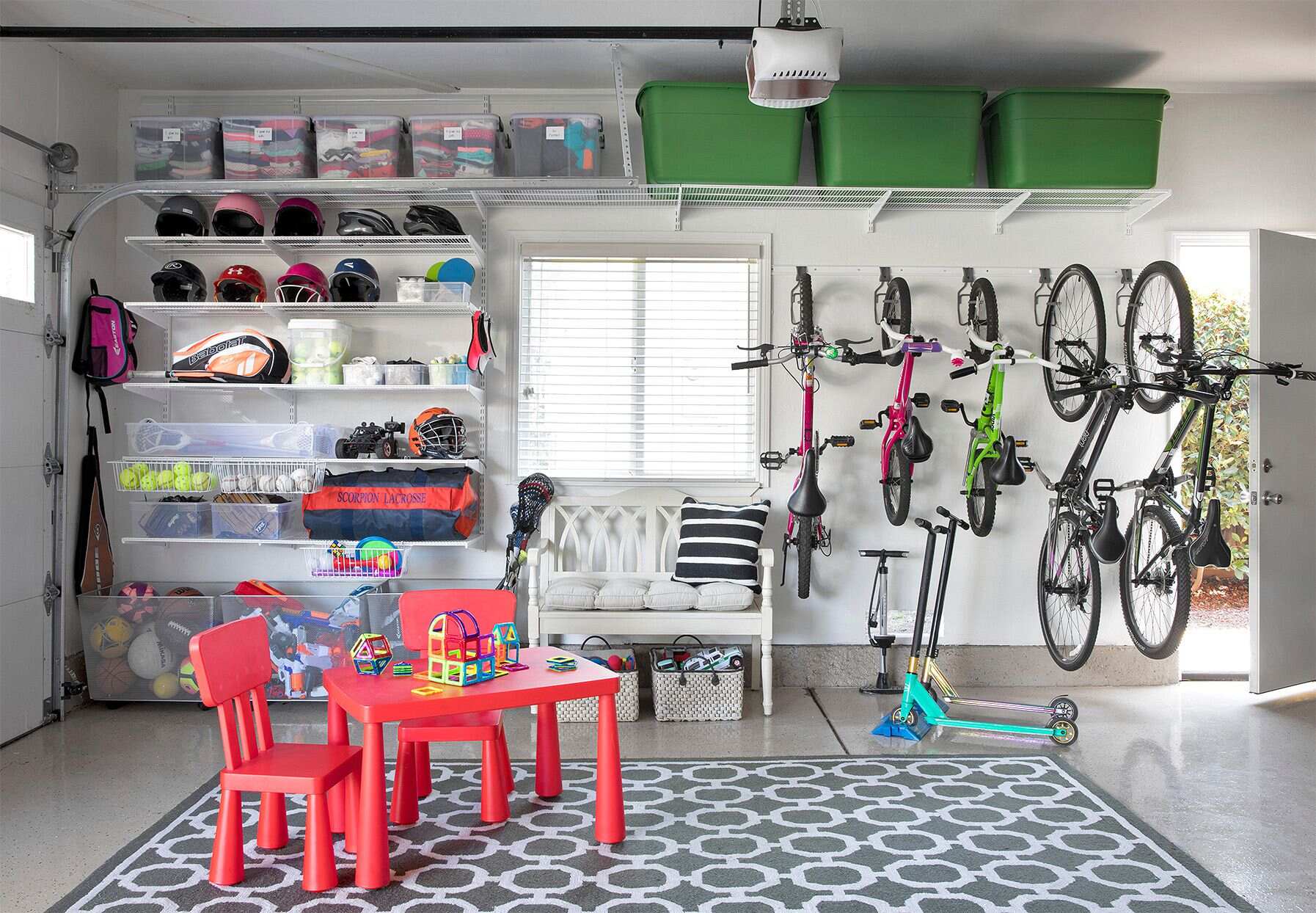
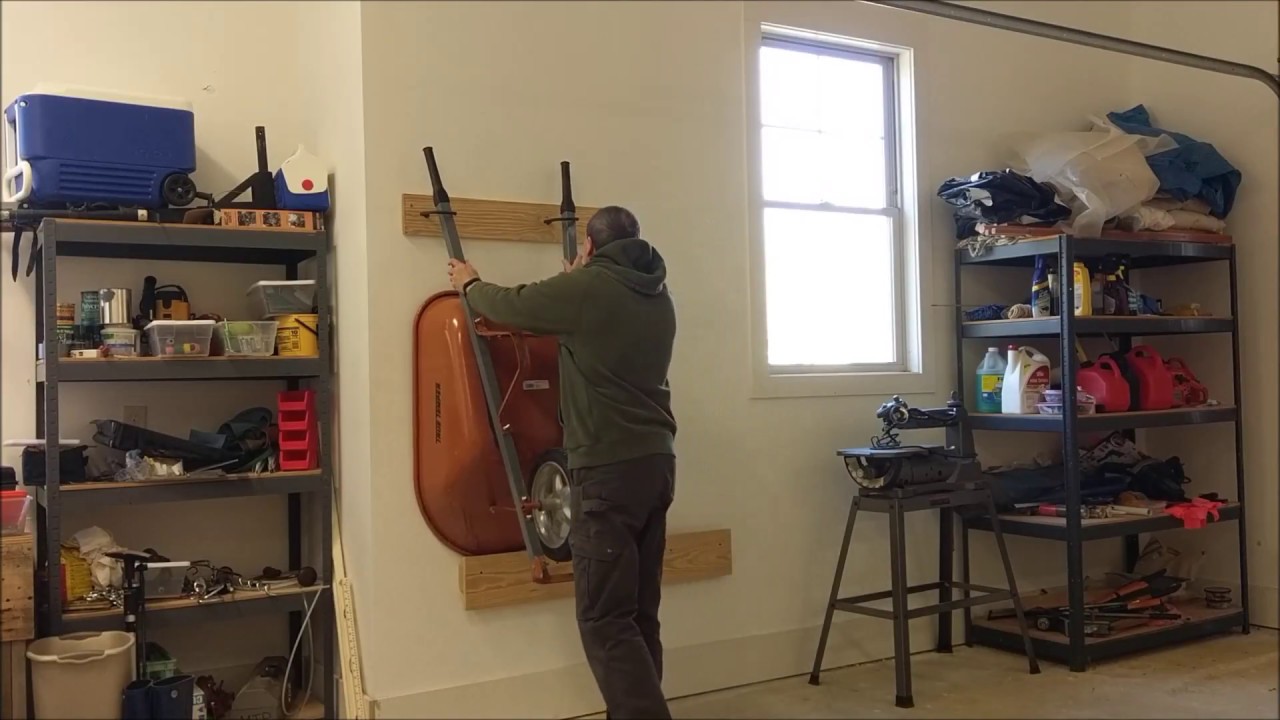

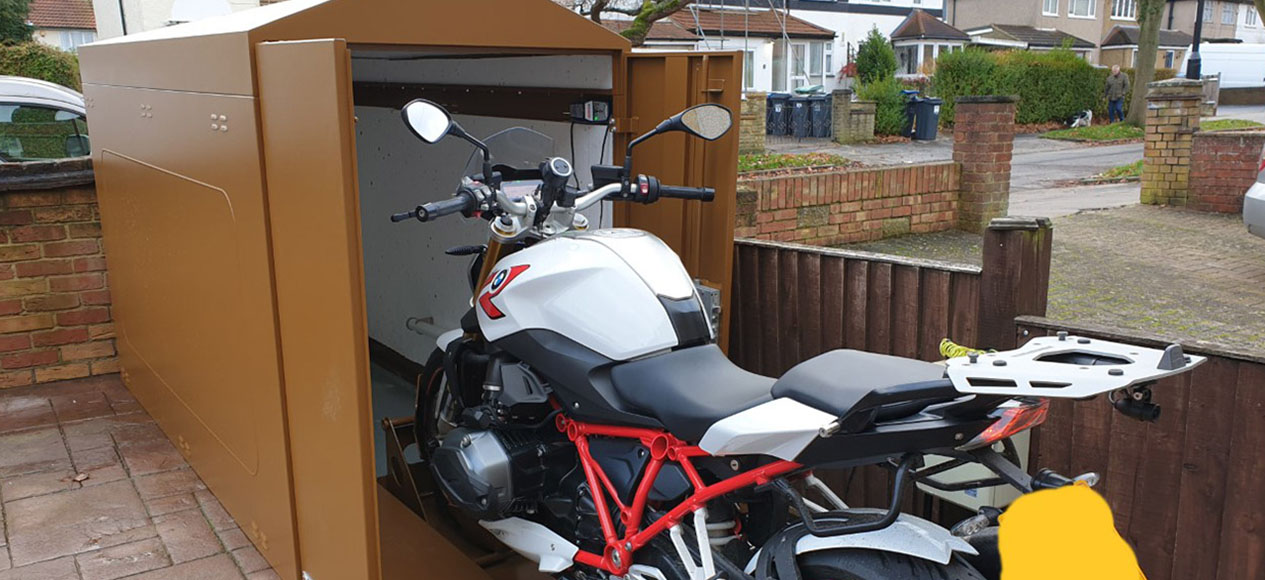
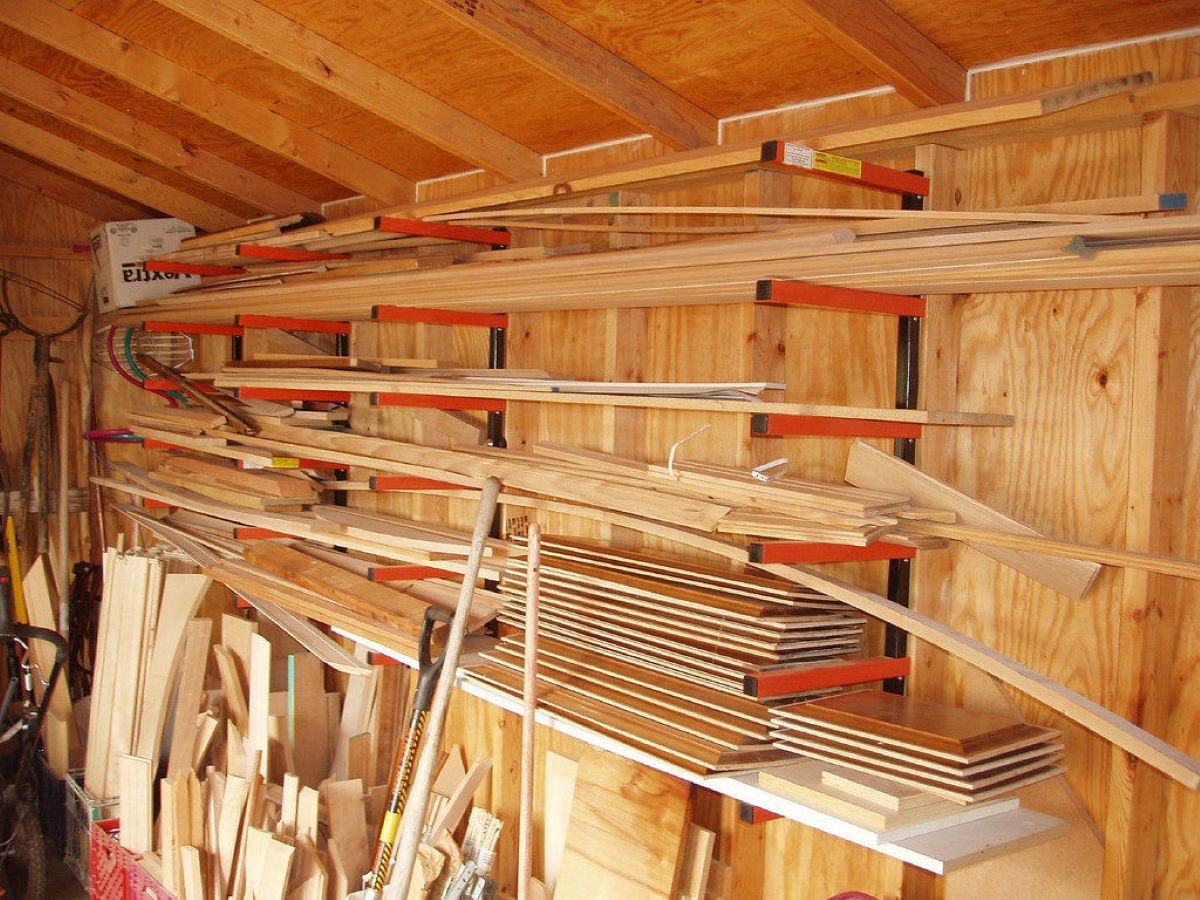
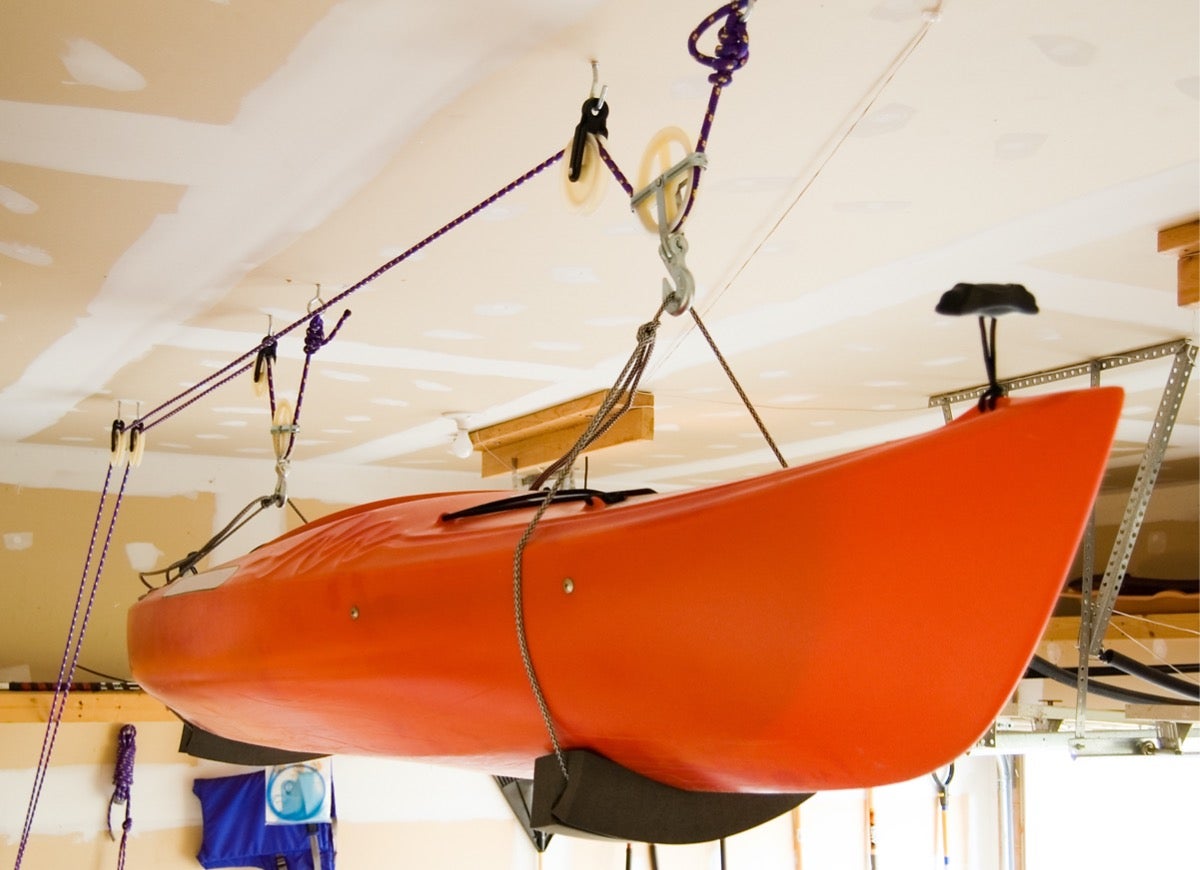

0 thoughts on “How To Store Clothes In Garage”